Custom Remodel Tips for Serene Living Spaces
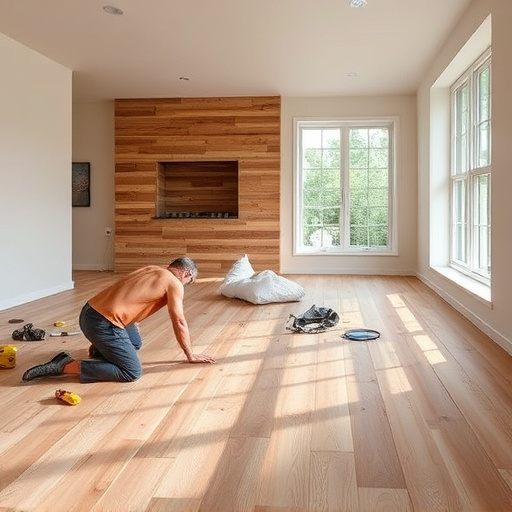
A custom remodel goes beyond aesthetics to create tranquil living spaces tailored to individual pref…….
In an era where personalization reigns supreme, the concept of custom remodel has emerged as a transformative power in the built environment. This article delves into the intricate world of custom remodeling, exploring its multifaceted nature, global impact, and profound influence on architecture, design, and urban development. Custom remodel is not merely about altering existing spaces; it is an art and science that involves tailoring environments to meet the unique needs, aspirations, and lifestyles of individuals or communities. By understanding this dynamic process, we can appreciate its role in creating sustainable, vibrant, and meaningful places.
Custom remodel refers to the meticulous renovation, adaptation, or reconstruction of a structure to align with specific requirements, aesthetics, or functional goals. It involves a collaborative process between clients, architects, designers, and contractors to bring a unique vision to life. The core components of a custom remodel include:
Assessment and Planning: This initial phase involves assessing the existing space, understanding the client’s needs, and creating a comprehensive plan that outlines design concepts, material choices, budget, and timeline.
Design and Aesthetics: Architects and designers play a pivotal role in crafting a custom design that reflects the client’s personality, cultural influences, or specific themes. This stage includes floor plans, elevation designs, color palettes, material selections, and lighting schemes.
Structural Modifications: Depending on the project scope, this may involve structural changes to support new designs, such as reinforcing walls, adding beams, or altering floor layouts.
Craftsmanship and Execution: Skilled tradespeople bring the design to life, employing precise techniques for carpentry, plumbing, electrical work, and finishing touches. Quality assurance is paramount during this phase to ensure the project meets high standards.
Project Management: Effective project management ensures that the remodel stays on schedule and within budget. It involves coordinating various contractors, overseeing progress, and addressing any challenges or changes.
Historically, custom remodeling has been a practice reserved for elite individuals with substantial resources, seeking unique residences or commercial spaces. However, advancements in technology, increased customization options, and changing consumer preferences have democratized the process, making it accessible to a broader audience. Today, custom remodel is a driving force behind the creation of adaptable, functional, and aesthetically pleasing spaces.
The concept of custom remodel has transcended geographical boundaries, leaving its mark on diverse regions worldwide. Each region adopts and interprets this trend uniquely, influenced by cultural, climatic, and economic factors. Here’s a glimpse into some key global trends:
North America: The United States and Canada lead in terms of residential remodeling, with a focus on energy efficiency, smart home technology, and open-concept designs. Custom remodels in urban centers often involve transforming outdated spaces into modern lofts or condominiums, while suburban areas see an increase in backyard transformations for outdoor living.
Europe: European countries showcase a rich diversity of architectural styles, and custom remodel reflects this heritage. In the UK, for instance, period properties often undergo meticulous restoration, preserving historical elements while incorporating modern amenities. Continental Europe emphasizes energy efficiency and sustainable materials, with passive house certifications becoming more common in custom builds.
Asia: Rapid urbanization and a growing middle class have fueled the demand for custom remodeling in Asia. China, Japan, and South Korea witness a surge in high-end residential projects, featuring cutting-edge technology and luxurious designs. In contrast, traditional elements are seamlessly integrated into modern architecture in countries like India and Vietnam, reflecting a blend of old and new.
Emerging Markets: Brazil, Mexico, and Africa are witnessing an uptick in custom remodeling, often driven by tourism and the desire to create unique accommodations for visitors. These projects range from boutique hotels with indigenous design elements to luxurious villas offering panoramic views.
The custom remodel industry is a significant contributor to global economic systems, generating substantial revenue and creating numerous job opportunities. Here’s an overview of the economic landscape:
| Economic Aspect | Description |
|---|---|
| Market Size | The global remodeling market size was valued at USD 483.6 billion in 2021 and is projected to grow at a CAGR of 5.7% from 2022 to 2029 (Source: Grand View Research). Custom remodel, as a subset, represents a substantial portion of this market, driven by increasing homeownership rates, rising disposable incomes, and the desire for personalized spaces. |
| Investment Patterns | High-net-worth individuals (HNWIs) are significant investors in custom remodel projects, seeking exclusive properties or unique residential experiences. Real estate developers also embrace customization to differentiate their offerings and command premium prices. Additionally, government initiatives promoting sustainable remodeling drive economic growth in eco-friendly materials and technologies. |
| Employment Impact | The industry employs a diverse range of professionals, including architects, designers, contractors, project managers, and specialized tradespeople. According to the US Bureau of Labor Statistics, employment in the construction sector (which includes remodeling) is projected to grow 7% from 2020 to 2029. |
| Economic Growth Drivers | Increasing urbanization, a growing middle class, and rising disposable incomes are key drivers. Additionally, technological advancements enable more efficient and cost-effective custom remodel processes, attracting a wider range of clients. |
Technology plays a pivotal role in the evolution of custom remodel, offering innovative solutions and enhancing efficiency across all project stages. Some significant technological advancements include:
Building Information Modeling (BIM): BIM is a digital representation of a construction project, allowing architects, engineers, and contractors to collaborate virtually. It improves accuracy, reduces errors, and enables better visualization, leading to more informed decision-making.
Virtual Reality (VR) and Augmented Reality (AR): These immersive technologies allow clients to experience their future living or working spaces virtually. VR walkthroughs help visualize design concepts, while AR can overlay digital designs onto real-world environments, providing a tangible sense of the final product.
Smart Home Automation: Integrating smart home systems into custom remodels is becoming increasingly popular. These systems offer energy efficiency, enhanced security, and convenience through voice control, automated lighting, temperature regulation, and security cameras.
3D Printing in Construction: 3D printing technology is revolutionizing the construction industry by enabling the rapid creation of complex geometric forms. It can be used for custom architectural elements, reducing waste and offering unique design possibilities.
Data Analytics for Project Management: Advanced data analytics tools provide real-time insights into project progress, cost estimates, and resource allocation. This helps in identifying bottlenecks, optimizing schedules, and making data-driven decisions.
The custom remodel industry operates within a framework of laws, regulations, and standards that ensure safety, quality, and ethical practices. These policies vary across regions but generally cover several key areas:
Building Codes and Permits: Local governments enforce building codes that dictate construction and remodeling standards, including structural integrity, fire safety, plumbing, electrical work, and zoning regulations. Obtaining the necessary permits is essential to avoid legal issues and ensure compliance.
Environmental Regulations: Many regions have environmental policies in place to protect natural resources and promote sustainable practices. These may include energy efficiency standards for buildings, restrictions on certain materials, and guidelines for waste management during construction.
Health and Safety Standards: Worker safety is paramount in the remodeling industry. Regulations mandate safe working conditions, personal protective equipment (PPE), and training for tradespeople to minimize risks and accidents.
Licensing and Professional Registration: Most countries require architects, designers, and contractors to be licensed or registered. This ensures that professionals have met specific educational and practical standards, safeguarding clients’ interests.
Despite its numerous benefits, the custom remodel industry faces several challenges and criticisms that can hinder its potential. Addressing these issues is crucial to ensure the sustainability and growth of this sector:
Cost Overruns and Budget Delays: One of the primary concerns is the potential for cost escalation and project delays. Unforeseen site conditions, material price fluctuations, or design changes during construction can significantly impact budgets. Implementing robust project management practices, detailed cost estimates, and flexible planning can mitigate these risks.
Permitting and Regulatory Burdens: Navigating complex permitting processes and meeting regulatory requirements can be time-consuming and costly. Streamlining procedures and providing clear guidance from local authorities can facilitate faster and more efficient custom remodel projects.
Workforce Shortages: Skilled tradespeople, such as carpenters, electricians, and plumbers, are in high demand, leading to labor shortages. Addressing this issue requires industry efforts to promote apprenticeship programs, provide training opportunities, and attract younger generations into these trades.
Sustainability Concerns: While custom remodel can embrace sustainable practices, some critics argue that the focus on individualization may lead to excessive waste and energy consumption. Striking a balance between personalization and sustainability is essential. This can be achieved by promoting eco-friendly materials, efficient design strategies, and proper waste management during construction.
Real-world applications of custom remodel offer valuable insights into successful projects and the lessons learned. Here are a couple of case studies:
Case Study 1: The Green Loft Conversion in Urban London
A young professional sought to transform her top-floor flat into a modern, energy-efficient home while preserving the building’s historical character. The project involved removing non-load-bearing walls to create an open-plan living space, installing a solar panel system on the roof, and incorporating smart home technology. The result was a stylish, sustainable residence that achieved a 40% reduction in energy consumption compared to the original building. This case highlights the successful integration of modern design, technology, and sustainability in a custom remodel.
Case Study 2: Restoring a Historical Warehouse in Downtown Los Angeles
A local artist wanted to convert an old warehouse into a unique creative space for exhibitions and events. The challenge lay in preserving the building’s industrial aesthetic while adding contemporary amenities. The renovation involved exposing original brick walls, incorporating large windows to let natural light flood in, and designing flexible interior spaces. This project received recognition for its ability to blend historic preservation with modern design, setting a new standard for adaptive re-use in the city.
The custom remodel industry is poised for continued growth and evolution, driven by technological advancements, changing consumer preferences, and sustainable practices. Here are some emerging trends and strategic considerations for the future:
Sustainable Custom Remodels: There will be an increasing demand for eco-friendly custom remodels, incorporating energy-efficient materials, passive design strategies, renewable energy sources, and water conservation measures. Governments and consumers alike are driving this trend, pushing for more sustainable built environments.
Smart Home Integration: As smart home technology becomes more sophisticated and affordable, it will seamlessly integrate into custom remodel projects. Voice control, automated systems, and connected devices will become standard features in new and renovated spaces.
Technologies like BIM and VR will mature: Advancements in BIM software and virtual reality will make the design and visualization process even more immersive and efficient. These technologies will enable clients to participate actively in the design process, making informed choices and reducing design errors.
Focus on Wellbeing and Mental Health: The post-pandemic era has emphasized the importance of indoor environments that promote wellbeing and mental health. Custom remodel projects will increasingly incorporate strategies for natural light, biophilic design, acoustic comfort, and air quality improvement to create healthy living and working spaces.
Global Collaboration and Design Inspiration: With the digital transformation of the industry, architects, designers, and contractors can collaborate globally, drawing inspiration from diverse cultures and styles. This cross-pollination of ideas will lead to more innovative and globally influenced custom remodel projects.
Custom remodel is not merely a process; it is a catalyst for change, enabling individuals and communities to shape their environments according to their unique needs and aspirations. From bustling cities to tranquil suburban areas, this dynamic industry adapts to diverse landscapes, enhancing the quality of life and fostering a sense of place.
As technology advances, regulations evolve, and consumer preferences shift, the custom remodel industry will continue to play a pivotal role in defining the built environment. By embracing sustainability, smart technologies, and innovative design, custom remodelers can create spaces that are not only aesthetically pleasing but also functional, efficient, and meaningful. The future of custom remodel promises exciting possibilities, where technology, design, and functionality converge to transform spaces and enhance lives.
Q: How much does a custom remodel typically cost?
A: Custom remodel costs vary widely depending on the project scope, location, materials used, and design complexity. On average, it can range from 20% to 50% more than standard remodeling projects, with some high-end custom builds costing significantly more. A detailed cost estimate is provided after assessing the specific requirements.
Q: What are the main considerations when planning a custom remodel?
A: Key considerations include understanding your lifestyle and needs, setting a budget, choosing a suitable location or property, hiring qualified professionals, selecting materials and finishes, obtaining necessary permits, and ensuring compliance with local building codes and regulations.
Q: How can I make sure my custom remodel project stays on schedule and within budget?
A: Effective project management is crucial. Hire experienced project managers, establish clear communication channels, define milestones and deadlines, create detailed schedules, regularly monitor progress, and address any deviations promptly. Regularly reviewing budgets and controlling costs will help keep the project on track financially.
Q: Are there any specific design trends I should consider for my custom remodel?
A: Current design trends focus on sustainability, open-concept living, smart home technology integration, biophilic design elements (incorporating natural materials and views), and unique architectural features. These trends aim to create functional, aesthetically pleasing, and environmentally conscious spaces.
Q: How can I ensure my custom remodel project respects local architecture and culture?
A: Researching local architecture, historical context, and cultural influences is essential. Collaborate with designers and architects who understand the region’s unique characteristics. Incorporating traditional elements or design motifs while adapting them to modern aesthetics can result in a respectful and meaningful custom remodel that blends old and new.

A custom remodel goes beyond aesthetics to create tranquil living spaces tailored to individual pref…….

Custom remodel projects harness creativity to transform spaces, blending style and functionality. In…….
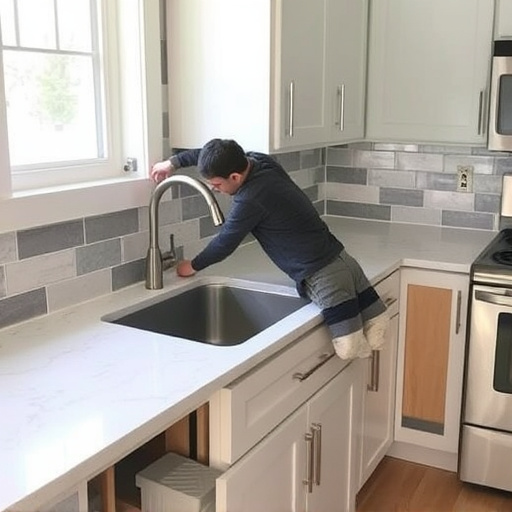
Define clear goals and scope for a custom remodel, use visual milestones and open communication to a…….
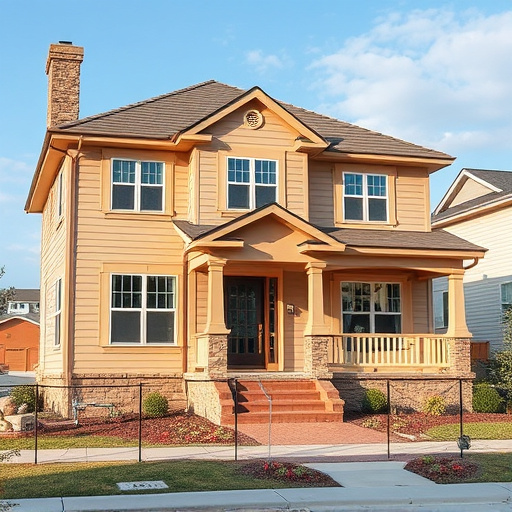
A custom remodel transforms kitchens and bathrooms into personalized spaces. It goes beyond aestheti…….
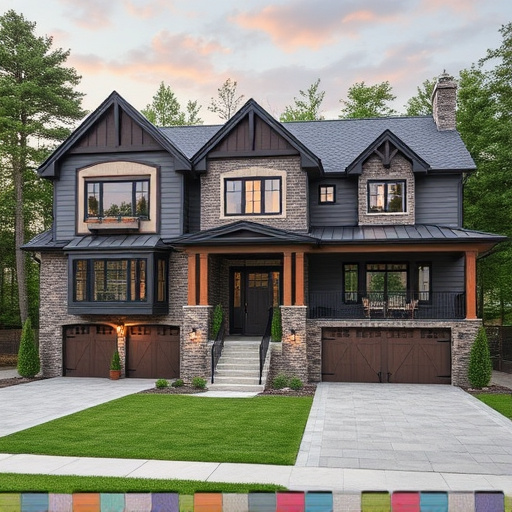
A custom remodel allows personalization to create inviting spaces reflecting individual style. Strat…….
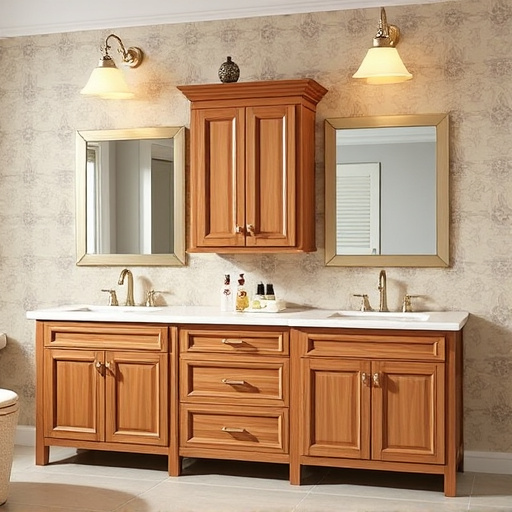
Custom remodel your kitchen and bathroom to unlock potential. Revitalize outdated spaces with energy…….
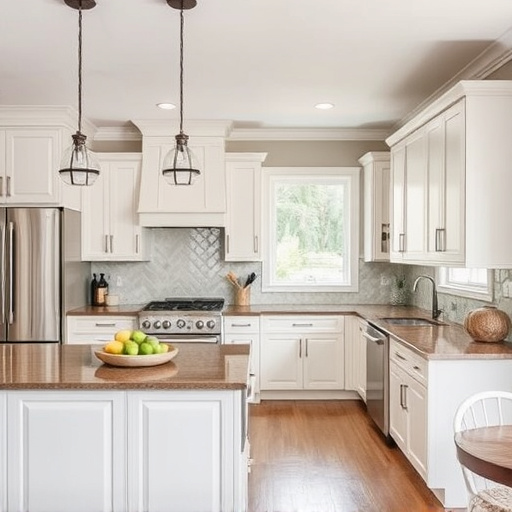
Before starting a custom remodel, assess property potential, research local trends, and plan with st…….
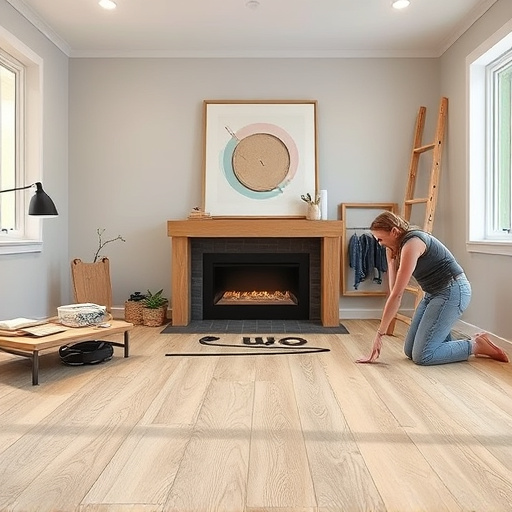
Unleash creativity with a custom remodel that reflects personal touchstones and unique lifestyle. Cr…….
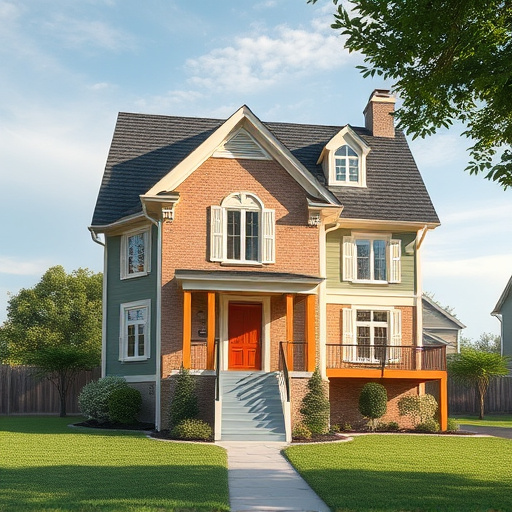
Transform your home with a captivating custom remodel, incorporating modern amenities and global sty…….